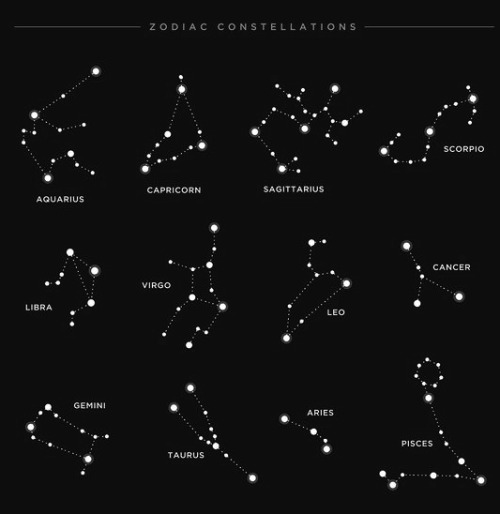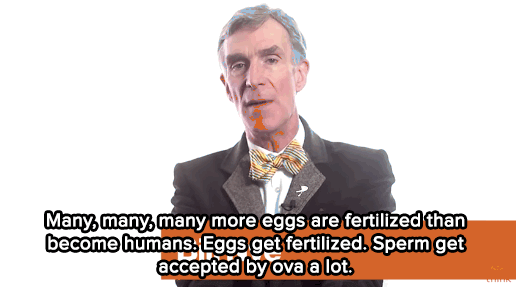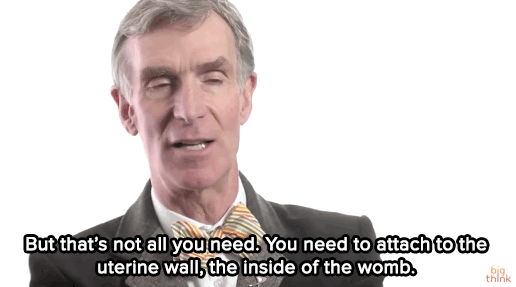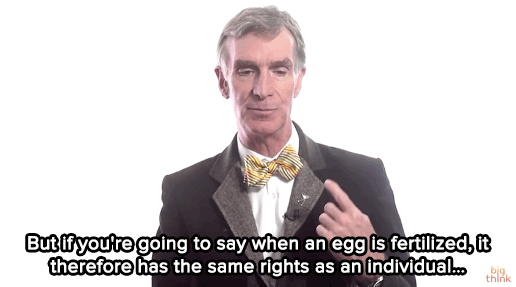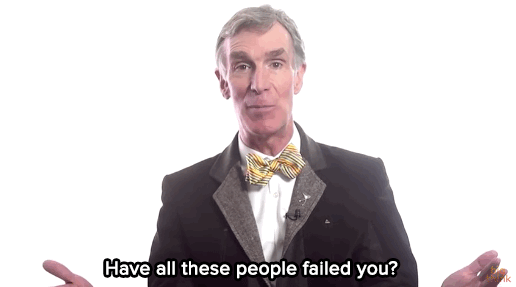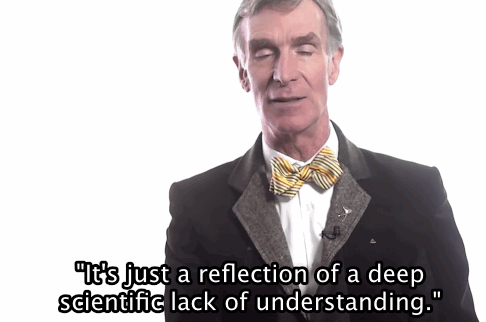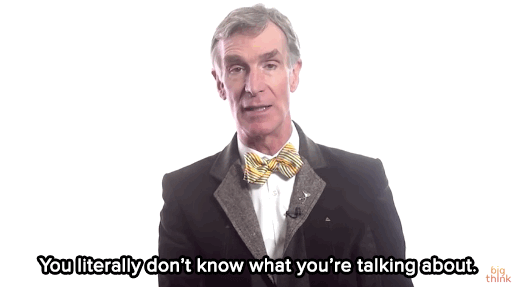Fibonaccite - I'm Always A Slut For Knowledge
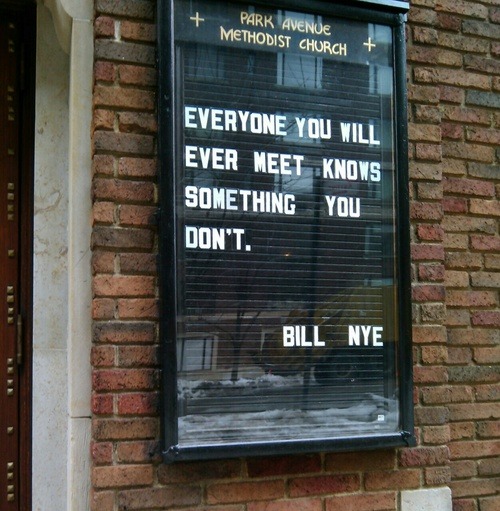
More Posts from Fibonaccite and Others

i love to do intense research on things that have zero impact on my life and have no correlation whatsoever to my general interests. i know a lot about combustion engines
Why do we dream?

In the 3rd millennium BCE, Mesopotamian kings recorded and interpreted their dreams on wax tablets. In the years since, we haven’t paused in our quest to understand why we dream. And while we still don’t have any definitive answers, we have some theories. Here are seven reasons we might dream.

1. In the early 1900’s, Sigmund Freud proposed that while all of our dreams, including our nightmares, are a collection of images from our daily conscious lives, they also have symbolic meanings which relate to the fulfillment of our subconscious wishes. Freud theorized that everything we remember when we wake up from a dream is a symbolic representation of our unconscious, primitive thoughts, urges and desires. Freud believed that by analyzing those remembered elements, the unconscious content would be revealed to our conscious mind, and psychological issues stemming from its repression could be addressed and resolved.

2. To increase performance on certain mental tasks, sleep is good, but dreaming while sleeping is better. In 2010, researchers found that subjects were much better at getting through a complex 3D maze if they had napped and dreamed of the maze prior to their second attempt. In fact, they were up to ten times better at it than those who only thought of the maze while awake between attempts, and those who napped but did not dream about the maze. Researchers theorize that certain memory processes can happen only when we are asleep, and our dreams are a signal that these processes are taking place.

3. There are about ten thousand trillion neural connections within the architecture of your brain. They are created by everything you think, and everything you do. A 1983 neurobiological theory of dreaming, called “reverse learning,” holds that while sleeping, and mainly during REM sleep cycles, your neocortex reviews these neural connections and dumps the unnecessary ones. Without this unlearning process, which results in your dreams, your brain could be overrun by useless connections, and parasitic thoughts could disrupt the necessary thinking you need to do while you’re awake.

4. The “Continual Activation Theory” proposes that your dreams result from your brain’s need to constantly consolidate and create long term memories in order to function properly. So when external input falls below a certain level, like when you’re asleep, your brain automatically triggers the generation of data from its memory storages, which appear to you in the form of the thoughts and feelings you experience in your dreams. In other words, your dreams might be a random screensaver your brain turns on so it doesn’t completely shut down.

5. Dreams involving dangerous and threatening situations are very common, and the Primitive Instinct Rehearsal Theory holds that the content of a dream is significant to its purpose. Whether it’s an anxiety filled night of being chased through the woods by a bear, or fighting off a ninja in a dark alley, these dreams allow you to practice your fight or flight instincts and keep them sharp and dependable, in case you’ll need them in real life. But it doesn’t always have to be unpleasant; for instance, dreams about your attractive neighbor could actually give your reproductive instinct some practice too.

6. Stress neurotransmitters in the brain are much less active during the REM stage of sleep, even during dreams of traumatic experiences, leading some researchers to theorize that one purpose of dreaming is to take the edge off painful experiences to allow for psychological healing. Reviewing traumatic events in your dreams with less mental stress may grant you a clearer perspective and an enhanced ability to process them in psychologically healthy ways. People with certain mood disorders and PTSD often have difficulty sleeping, leading some scientists to believe that lack of dreaming may be a contributing factor to their illnesses.

7. Unconstrained by reality and the rules of conventional logic, in your dreams your mind can create limitless scenarios to help you grasp problems and formulate solutions that you may not consider while awake. John Steinbeck called it “the Committee of Sleep” and research has demonstrated the effectiveness of dreaming on problem solving. It’s also how renowned chemist August Kekule discovered the structure of the benzene molecule, and it’s the reason that sometimes the best solution for a problem is to “sleep on it”.
And those are just a few of the more prominent theories. As technology increases our capability for understanding the brain, it’s possible that one day we will discover the definitive reason for them; but until that time arrives, we’ll just have to keep on dreaming.
From the TED-Ed Lesson Why do we dream? - Amy Adkins
Animation by @clamanne

COSMIC
[adjective]
1. of or pertaining to the cosmos.
2. characteristic of the cosmos or its phenomena.
3. immeasurably extended in time and space; vast.
4. forming a part of the material universe, especially outside of the earth.
Etymology: Greek kosmikós - worldly, universal, equivalent to kósm(os) - world, arrangement.
[Wendy Ortiz - Celestial]

Drawings of the moon by Galileo in 1610. How cool! Thought I’d share.
#bitsofconsciousness #bitsofc #consciousness #galileo #moon #planet #space #cosmos #telescope #science #moonphases #eclipse #Astronomy #universe #energy #goodvibes #knowledge #drawings #inspiration #motivation #visionary #art #cool #reality #truth #evolve #learning #om #alignment #humble #newmoon

The primes are often thought of as behaving like a random sequence, but there are patterns in their digits. The first frame shows how many of the first 100 primes end in 1, 3, 7 and 9. They all occur roughly the same number of times, so the four squares are almost exactly the same shade of red. The next frame shows how frequently a prime ending in 1 is followed by a prime ending in 3 - and so on. A structured pattern emerges, with the final frame showing the distribution of final digits in strings of 8 consecutive primes (for the first 2 million primes). [recent news] [visualization from] [code]
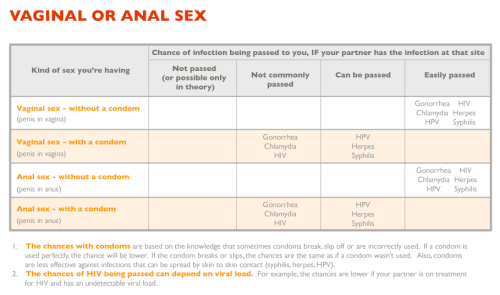
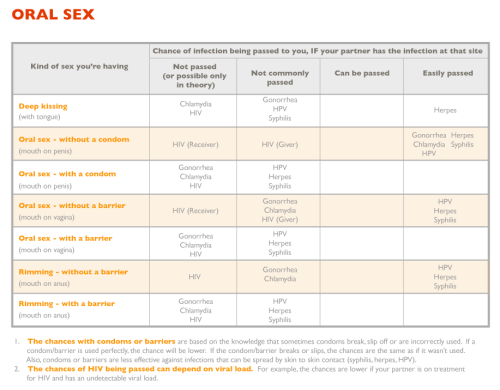
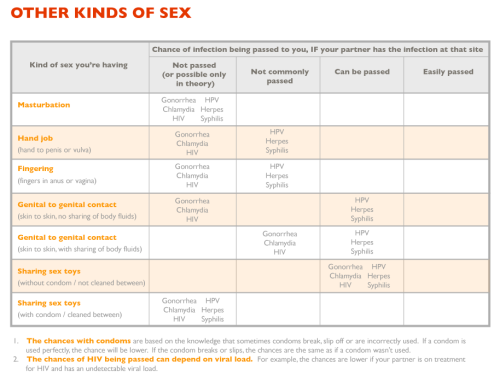
Awesome risk charts from Smart Sex Resource
Many std/stis are easily treatable and some are asymptomatic, so have your health check often.
Please keep your safety in mind always <3
Transition Words For Your Essays
Transition Signals:
Transitions are words and phrases that connect ideas and show how they are related.
To repeat and ideas just stated:
In other words,
That is,
To repeat,
Again,
To illustrate an idea:
For example,
For instance,
In particular,
To illustrate,
In this manner,
Thus,
To announce a contrast, a change in direction:
Yet,
However,
Still,
Nevertheless,
On the other hand,
In contrast,
Instead of,
On the contrary,
Conversely,
Notwithstanding,
In spite of this,
Time:
At once,
In the interim,
At length,
Immediately,
At last,
Meanwhile,
In the meantime,
Presently,
At the same time,
Shortly,
In the end,
Temporarily,
Thereafter,
To restate an idea more precisely:
To be exact,
To be specific,
To be precise,
More specifically,
More precisely,
To mark a new idea as an addition to what has been said:
Similarly,
Also,
Too,
Besides,
Furthermore,
Further,
Moreover,
In addition,
To show cause and effect:
As a result,
For this reason,
Thereafter,
Hence,
Consequently,
Accordingly,
Conclusion:
In short,
To conclude,
In brief,
On the whole,
In summary,
To sum up,
-
 north-ofthesun reblogged this · 6 days ago
north-ofthesun reblogged this · 6 days ago -
 fvck-exxy reblogged this · 2 weeks ago
fvck-exxy reblogged this · 2 weeks ago -
 leavethisbluetheneighbourhood reblogged this · 2 weeks ago
leavethisbluetheneighbourhood reblogged this · 2 weeks ago -
 aud-wad liked this · 2 months ago
aud-wad liked this · 2 months ago -
 pianojam reblogged this · 2 months ago
pianojam reblogged this · 2 months ago -
 mr-shambukie-gallery liked this · 2 months ago
mr-shambukie-gallery liked this · 2 months ago -
 selflovesecrets liked this · 3 months ago
selflovesecrets liked this · 3 months ago -
 whatsernamernl reblogged this · 3 months ago
whatsernamernl reblogged this · 3 months ago -
 whatsernamernl liked this · 3 months ago
whatsernamernl liked this · 3 months ago -
 neleescritor89 liked this · 4 months ago
neleescritor89 liked this · 4 months ago -
 norahroselle reblogged this · 5 months ago
norahroselle reblogged this · 5 months ago -
 liefdesverdrietttt reblogged this · 5 months ago
liefdesverdrietttt reblogged this · 5 months ago -
 littleluce reblogged this · 5 months ago
littleluce reblogged this · 5 months ago -
 annita89q8i6jph liked this · 5 months ago
annita89q8i6jph liked this · 5 months ago -
 anna2zkb7 liked this · 6 months ago
anna2zkb7 liked this · 6 months ago -
 annita89dybo7v7h liked this · 6 months ago
annita89dybo7v7h liked this · 6 months ago -
 annita89ubop86jh liked this · 6 months ago
annita89ubop86jh liked this · 6 months ago -
 annasahl5 liked this · 6 months ago
annasahl5 liked this · 6 months ago -
 annan7ezv liked this · 6 months ago
annan7ezv liked this · 6 months ago -
 facelessxfeelings reblogged this · 8 months ago
facelessxfeelings reblogged this · 8 months ago -
 wakayume liked this · 8 months ago
wakayume liked this · 8 months ago -
 the-sun-will-rise-again-25 liked this · 9 months ago
the-sun-will-rise-again-25 liked this · 9 months ago -
 a-really-cool-blog-name liked this · 10 months ago
a-really-cool-blog-name liked this · 10 months ago -
 just-a-little-anxious liked this · 10 months ago
just-a-little-anxious liked this · 10 months ago -
 ancient-light reblogged this · 10 months ago
ancient-light reblogged this · 10 months ago -
 ancient-light liked this · 10 months ago
ancient-light liked this · 10 months ago -
 alicat54c reblogged this · 10 months ago
alicat54c reblogged this · 10 months ago -
 tewz liked this · 1 year ago
tewz liked this · 1 year ago -
 kileywarrick liked this · 1 year ago
kileywarrick liked this · 1 year ago -
 paceydotlynn7 reblogged this · 1 year ago
paceydotlynn7 reblogged this · 1 year ago -
 paceydotlynn7 liked this · 1 year ago
paceydotlynn7 liked this · 1 year ago -
 unmedicatedyearning liked this · 1 year ago
unmedicatedyearning liked this · 1 year ago -
 lemonhaze1738 reblogged this · 1 year ago
lemonhaze1738 reblogged this · 1 year ago -
 jeans-t reblogged this · 1 year ago
jeans-t reblogged this · 1 year ago -
 dirkdarmstaedter liked this · 1 year ago
dirkdarmstaedter liked this · 1 year ago -
 long-lasting-memories reblogged this · 1 year ago
long-lasting-memories reblogged this · 1 year ago -
 bomiyuoo liked this · 1 year ago
bomiyuoo liked this · 1 year ago -
 we-can-be-hysterical liked this · 1 year ago
we-can-be-hysterical liked this · 1 year ago -
 seraphaltima liked this · 1 year ago
seraphaltima liked this · 1 year ago -
 halo-belkastrelka liked this · 1 year ago
halo-belkastrelka liked this · 1 year ago
